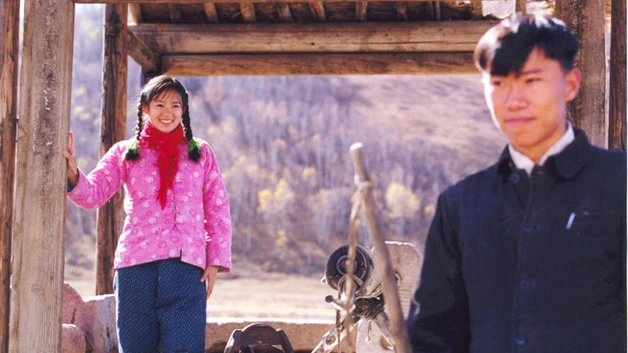The Lunchbox Film Difficulty Ranking: 2
“Sometimes the wrong train gets you to the right station”
Are you looking for a great Indian film that isn’t a musical? Well here’s a good place to start. Ritesh Batra’s The Lunchbox is a beautiful celebration of Indian culture alongside a warning of the effects of rapid economic development. At the heart of the film is food; what it symbolises and how it can bring people together. For a trip to Mumbai, go watch The Lunchbox available on YouTube and (I think) Netflix – it’s also worth your money – click on the picture for a link to buy.
Why Watch The Lunchbox?
- You don’t like musicals, but you want to see a great Indian film.
- To see the amazing lunch-box service system in action
- Meet ‘Auntie’ the go-to lady for all your questions – also a character that we don’t even see
- For Irrfan Khan on top form (you may recognise him from Jurassic World, Life of Pi, Slumdog Millionaire, or Talvar which was reviewed here earlier).
The Breakdown
The Lunchbox starts with a montage of Mumbai. Director, Ritesh Batra, shows us the trains, shoes cleaners, and cars before stopping at the house of Ila. Ila is fussing over her young daughter before she goes to school, telling her be careful. Her daughter disappears and she goes straight to her cooking. She tastes the contents of one of the pots and figures it is missing something. A basket appears at the window with a pot of spices, lowered down by ‘Auntie’. Ila adds the spices and readies the food for collection.
The lunch box prepared by Ila travels through the incredible lunch box system and ends on the desk of Saajan (played by Irrfan Khan) who is seduced by the amazing smells of this unexpected lunchbox.
Food is central to the narrative of this film and also shows us a lot about each of the characters. At home, Saajan eats heated up food from a plastic bag. In comparison with the fresh cooked meals that a family next door eats, his plastic meals are a symbol of his loneliness.
Food also symbolises class. Shaikh, an orphan who becomes Saajan’s apprentice, always brings in two pieces of fruit for lunch, usually two bananas. In comparison with the lunch box that Saajan can afford, a banana is a lunch for the lower class.
In addition, The Lunchbox does not hide the stress of life in Mumbai. Each of the main characters has experienced the death or absence of family. On the news, we hear of a mother jumping off the top of a tall building with her daughter to escape life. Ila blames it on the government that prioritises the GDP over happiness. The country has got caught up striving for a greater economy and forgotten about the importance of happiness.
Conclusion
The Lunchbox cleverly shows the current state of life in Mumbai through a romantic tribute to the lunchbox system. In doing so, it shows us a lot of Indian life: the food, the people, the transport, and relationships. It also subtly depicts the burdens that the Indian people are carrying as the country develops rapidly. This reminded me a lot of the Chinese film A Touch of Sin, which shows the strain of economic growth on people in China. However, in contrast to A Touch of Sin, The Lunchbox is much more upbeat and has plenty to celebrate.



 Your Name Film Difficulty Ranking: 2
Your Name Film Difficulty Ranking: 2